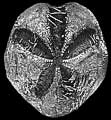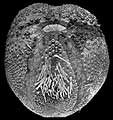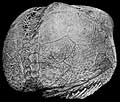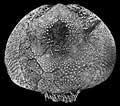The Echinoid Directory
Prymnaster Koehler, 1914, p. 187
| Diagnostic Features |
|
|---|---|
| Distribution |
|
| Name gender | masculine |
| Type | Prymnaster angulatus Koehler, 1914, p. 188, by original designation. |
| Species Included |
|
| Classification and/or Status |
|
| Remarks |
|



